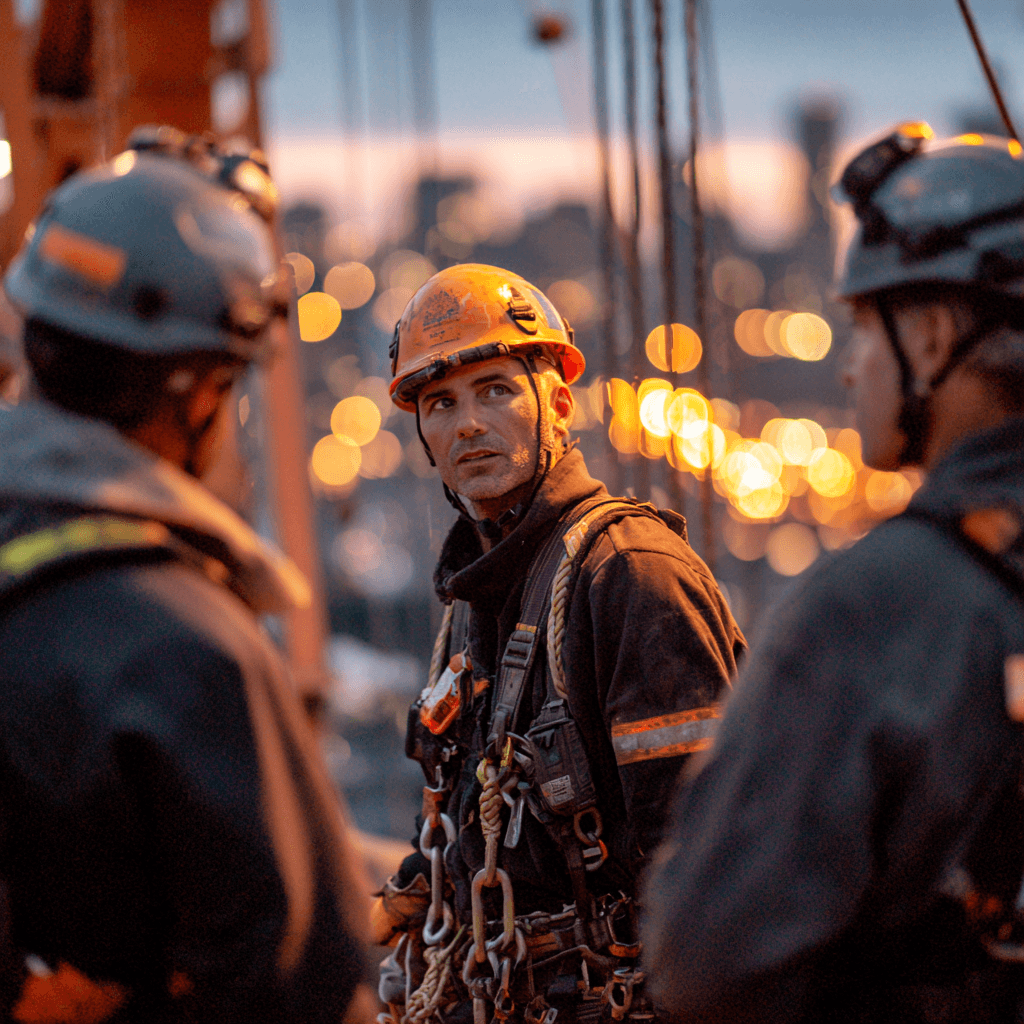Spotting SIF Precursors Before It’s Too Late

Brady Keene
Co-founder, COO and Head of Safety

At a Glance: Preventing serious injuries and fatalities (SIFs) starts with recognizing the warning signs that show up long before an event. These signals, called SIF precursors, often reveal when controls are weakening or when work is drifting under pressure. By learning to spot precursors, and by using AI to surface patterns that humans miss, organizations can shift from reacting to incidents to preventing them.
What Are SIF Precursors?
A precursor is an early warning sign. Think of it as a pattern in the work that, if left unchecked, increases the chance of serious harm. They are not accidents in themselves, but they are the drift points where controls weaken, pressure builds, and risk edges closer to reality.
Examples include:
- Production pressure that pushes crews into shortcuts.
- Repeat findings during inspections with no lasting fix.
- Rising near misses in the same area or task.
- Inexperienced or short-staffed crews taking on complex work.
- Fatigue from long hours or back-to-back shifts.
- Controls drifting or removed between shifts.
- Critical tasks running without supervision.
On their own, these conditions might not seem catastrophic, but when they line up, the potential for a serious injury or fatality rises quickly. This alignment is often illustrated by the Swiss Cheese Model.

Why Precursors Matter
Organizations often track lagging indicators like recordable injuries or minor first-aids. The problem? Those numbers don’t tell us whether we are actually controlling high-energy exposures. A cut finger doesn’t predict a fall from height, but a crew working twelve-hour shifts around scaffolds with no inspection routine absolutely does.
Precursors highlight those early warning signs. They capture the drift from how work was planned to how it is actually being done. Long hours, repeated shortcuts, equipment not maintained, or unclear roles may not cause harm today, but each raises the odds that high-energy and human limits will intersect tomorrow.
By focusing on precursors, we change the story from reactive to proactive. Instead of waiting for the recordable rate to spike, we spot the weak signals that point to serious injury potential. This allows leaders and crews to put capacity in place before conditions align into a SIF event. The value is not in eliminating all variation, but in learning quickly, responding effectively, and building systems that can hold up under pressure.
How AI Helps See the Patterns
Precursors are everywhere, but humans are not wired to see them all. A supervisor might notice shortcuts on today’s lift but miss that the same issues showed up three times this month across different crews.
AI can cluster signals by energy type, location, contractor, and even time of day. This makes patterns visible sooner:
- Repeat exposures around the same equipment.
- Control drift between day and night shifts.
- Slow closures on high-energy findings.
Instead of waiting for an injury log to confirm risk, leaders get an early picture of where drift is forming and can add capacity before conditions line up for something worse.
Turning Precursors Into Action
Spotting precursors is only half the work. The response matters more:
- Add staging so equipment is ready when crews are.
- Put a spotter where visibility is low.
- Verify lockout points instead of assuming they’re set.
- Rotate crews to cut fatigue.
- Adjust the sequence so no one stands in the line of fire.
This is not about blame. It’s about adding the capacity to recover when friction shows up in the real world.
FAQ
1. What exactly makes a condition a “SIF precursor”?
It’s any signal that increases the likelihood of serious harm, such as repeated shortcuts, weak controls, or fatigue on high-energy tasks.
2. Are precursors the same as near misses?
Not always. A near miss is an event that almost caused harm, while a precursor is a pattern that increases risk even if no event has occurred yet.
3. How does AI add value in spotting precursors?
AI clusters data by energy type, contractor, and time so repeat patterns stand out sooner — helping leaders see drift before it turns into a SIF.
4. How should organizations act once precursors are spotted?
Shift from paperwork to capacity. That means staging better, adding spotters, verifying lockouts, and making work sequences safer without slowing production.
5. Why is focusing on precursors better than tracking injury rates?
Because injury rates often reflect minor events, while precursors highlight the conditions where life-changing harm is more likely.
Related Posts
Continue reading with these related articles


